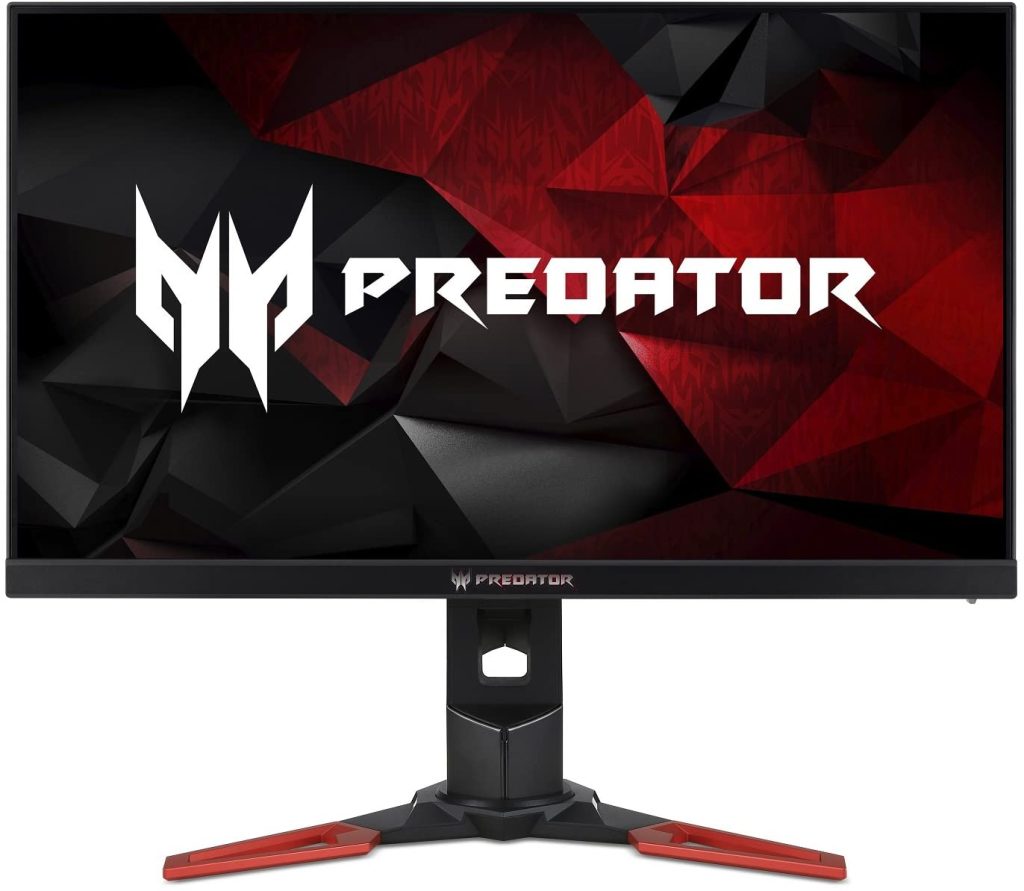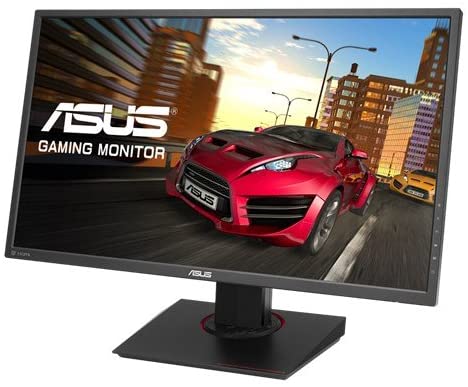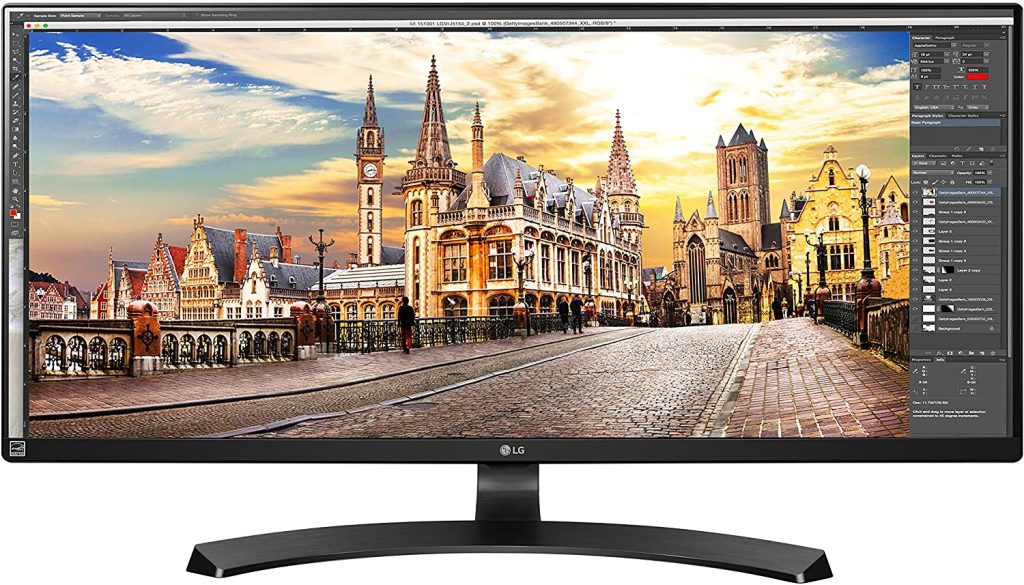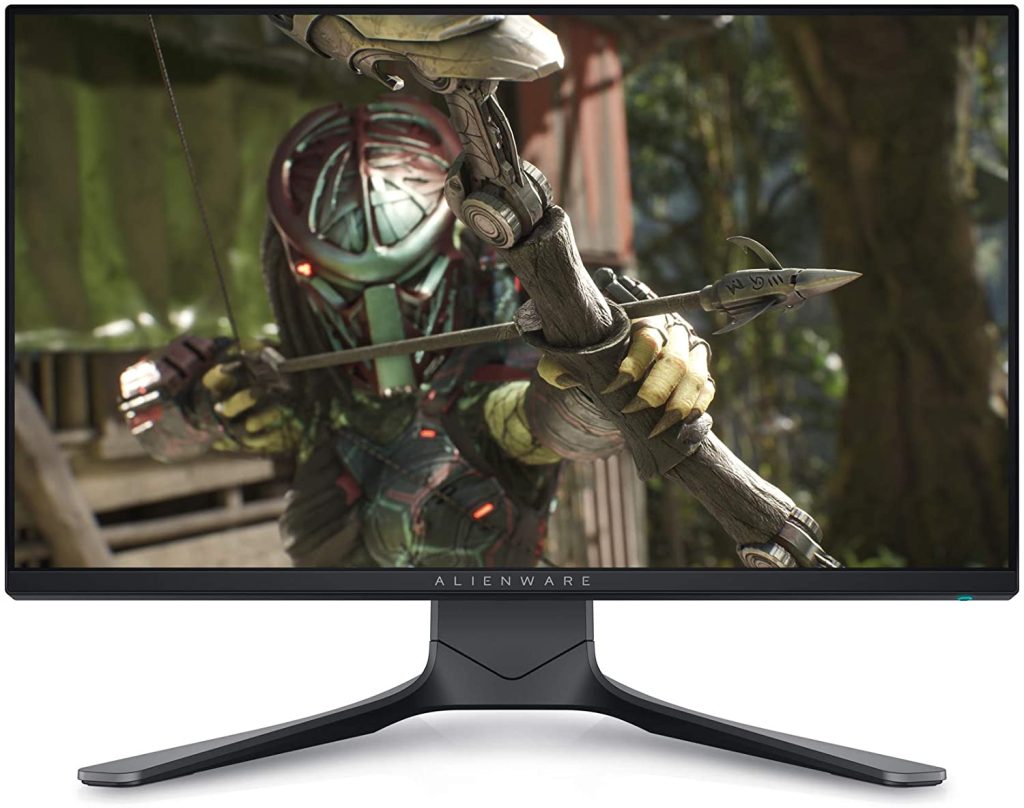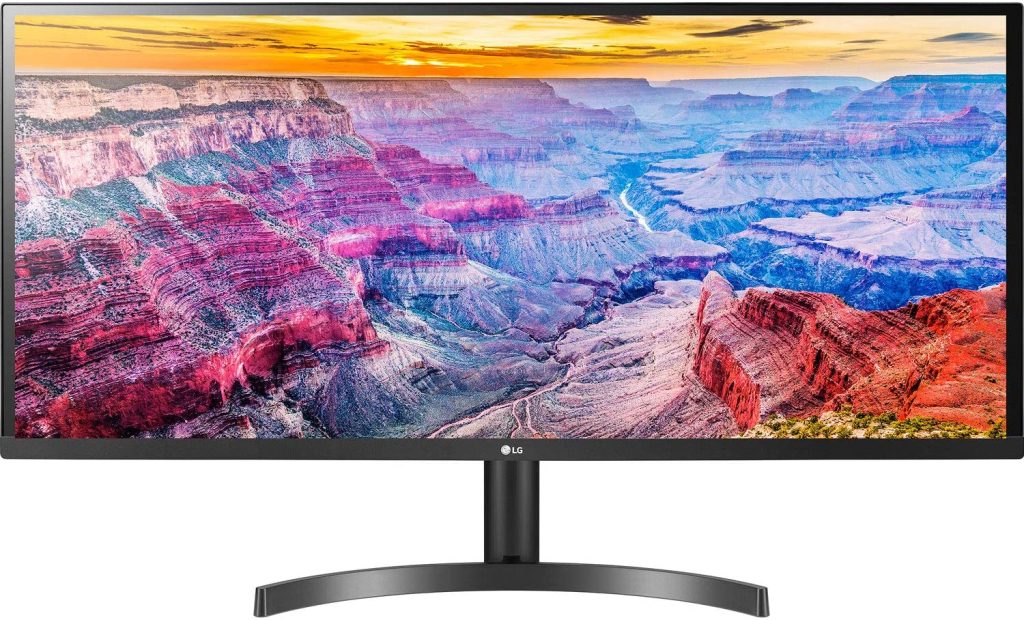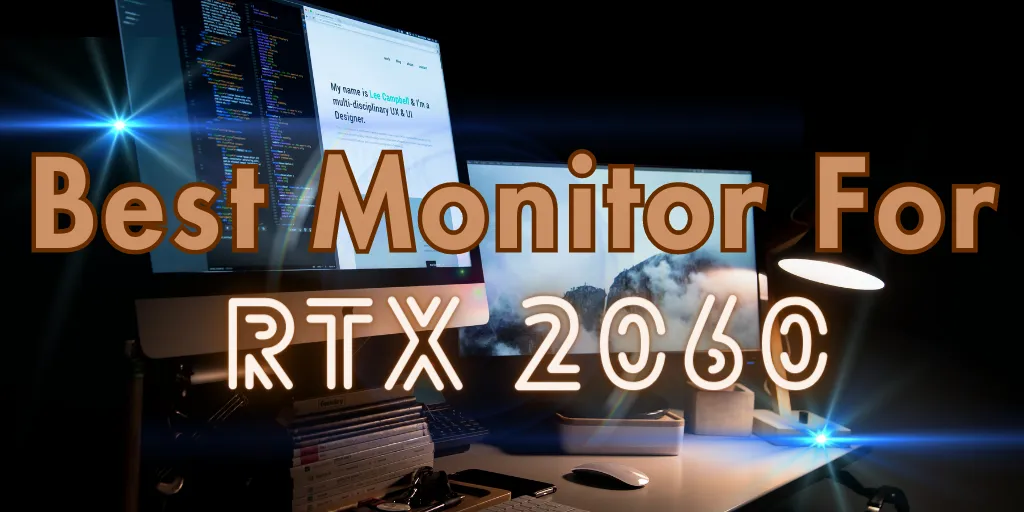
If you are using the best monitor for RTX 2060 in your gaming rig then you should have a capable power supply to keep things running smoothly. Cheap or weak power supplies can cause your GPU to work too hard which will shorten the life of your components. Too many gamers use cheap, low-resolution displays which results in a loss of image quality and an overall poor experience.
Buy the best monitor for RTX 2060! When you purchase a cheap, low-quality display, you are not only spending money but also losing performance because the display is incapable of reproducing high-definition images. If you are using an older display or even a modern one with a lower resolution than 1920×1080 then you should consider upgrading to a high-quality display like the ones we have tested in this guide. A high-quality display will improve your gaming experience in several ways.
Purchase the best monitor for RTX 2060! It will enhance the realism of the game, it will reduce input lag, and it will be easier on your eyes. The best monitors for RTX 2060 You may be surprised by how expensive some of these monitors are. However, the performance that they offer far outweighs their price tag.
Contents
6 Best monitor for RTX 2060
We have tested the following monitors to determine which ones are best for RTX 2060 users:
[amazon table=”6551″]
1. Acer Predator XB-271HU NVIDIA G-SYNC Gaming Monitor
The number one monitor on the list of the Best Monitor for RTX 2060 is Acer which has been in the market for a while now and they’ve pretty much established a strong presence. The Predator XB-271HU is a 27-inch gaming monitor that delivers a crisp and clear image at a wide viewing angle.
The Acer Predator XB271HU is a 27-inch curved monitor with a 2560×1440 resolution. It features a 1 millisecond response time and a 1800R curvature. The stand is a single-hinged arm design and the monitor has a 5-millimeter thick screen. The display has a 4K Ultra HD resolution and can reproduce up to 100% of the sRGB color space. It comes with a 1-year warranty from Acer.
The monitor has a brightness of 450 cd/m2 and a static contrast ratio of 1000:1. It has a refresh rate of 60 Hz and supports AMD FreeSync technology. The monitor has a port for DisplayPort 1.2, two HDMI 2.0 ports, and two USB 3.0 ports. It also has a built-in USB 3.0 hub and a headphone jack. It measures 24.1″ x 8.2″ x 16.7″ and weighs 16.5 lbs.
This Best Monitor for RTX 2060 is equipped with NVIDIA G-SYNC technology, which reduces screen tearing, stutters, and input lag to provide the smoothest gaming experience. The 144Hz refresh rate is great for reducing eyestrain too, so you won’t need to adjust the settings when playing games.
The monitor comes with a stand that can be adjusted to any angle, tilt, and height. It’s also got an ergonomic design that allows you to comfortably view the screen from a variety of angles.
The G-SYNC technology can reduce screen tearing by up to 75% as well as reduce input lag by up to 20%. This means that you’ll have an improved gaming experience compared to monitors that don’t use it.
If you’re looking for the best monitor for RTX 2060 that delivers a smooth and immersive viewing experience, then this is the one for you. It’s also got a pretty good response time, so it won’t be too sensitive to fast-moving objects on the screen.
It’s also got a low power consumption, so it won’t drain your battery while you’re gaming.
For an affordable price, the Predator XB-271HU is a great gaming monitor that’s perfect for any home entertainment setup.
Pros
- Excellent picture quality
- Very affordable
Cons
- It is not very ergonomic
2. Asus MG279Q IPS Technology 144 Hz Gaming Monitor
The second position on the list of the best monitor for RTX 2060 is the Asus MG279Q a 24-inch curved monitor with a 1920×1080 resolution. It has a 5 millisecond response time, a 1000:1 contrast ratio, a 350 cd/m² brightness, and a viewing angle of 178 degrees. The display has an HDMI port for connecting to a high-definition source like a gaming console or a Blu-ray player. It also has a DisplayPort input for connecting to a compatible graphics card or a high-speed cable box.
The stand has a single-hinged arm design and the monitor has a 5-millimeter thick screen. The display has a 5 millisecond response time, a 1000:1 contrast ratio, a 350 cd/m² brightness, and a 178-degree viewing angle. The stand has a single-hinged arm design and the monitor has a 5-millimeter thick screen. The display has an HDMI port for connecting to a high-definition source like a gaming console or a Blu-ray player.
Definitely not a cheap option but if you are willing to spend a bit more then this is the monitor for you. It comes with a 2-year warranty from Asus. The Asus MG279Q comes in a black or silver color scheme. It is a mid-range model and is targeted at gamers who are looking for a high-quality gaming monitor that won’t break the bank.
This is a great all-purpose monitor that will give you plenty of bang for your buck thus considered as the “Best monitor for RTX 2060“. The Asus MG279Q is a 24-inch curved monitor with a 1920×1080 resolution. It has a 5 millisecond response time, a 1000:1 contrast ratio, a 350 cd/m² brightness, and a 178-degree viewing angle. The monitor has a brightness of 300 cd/m2 and a static contrast ratio of 1000:1. It has a refresh rate of 60 Hz and supports AMD FreeSync technology.
Pros
- A fully adjustable stand lets you easily position the monitor at a comfortable eye level.
- The curved design provides a wide field of view without the strain on your eyes that a flat-screen would cause.
- This monitor has an HDMI input which means you can connect it to an HDTV or a High-Definition Source like a gaming console, a Blu-ray player, or even a digital camera.
Cons
- The speakers are located on the bottom of the unit so you may have trouble using them in a home theater system with subwoofers.
- The packaging is rather plain and simple but it does the job.
- The retail package does not include a power cord but it should be included with the unit you receive.
3. LG 34UM68-P 34-Inch 21:9 UltraWide IPS Monitor
The LG 34UM68 is in third position in our best monitor for RTX 2060. This new 21:9 ultra-wide monitor offers a 34″ diagonal screen size and a 16:9 aspect ratio. It has a native resolution of 1920 x 1080 and a maximum brightness of 300 cd/m². The viewing angles are quite good with a horizontal angle of 170° and a vertical angle of 160°. This model features an LED backlight technology and it is straightforward to use with a response time of 5ms.
It comes with 4GB of RAM which is the ideal amount of RAM for gaming. The graphics card is an NVIDIA GeForce GTX 960M with a clock speed of 1,600 MHz. It has a 128-bit bus interface and it supports DirectX 12. The laptop is equipped with two 7.1-channel speakers and a subwoofer. It is a pretty thin laptop and also a lightweight notebook. It has a D-Sub monitor port and a VGA monitor port which is why considered one of the best monitor for RTX 2060.
The laptop is made of hard plastic and it has a matte finish on the outside. It is not a very premium-looking laptop but it does have a decent appearance and it also looks sturdy. It is made of aluminum and it feels like a good quality product. It comes with a one-year warranty and I think that is more than enough for such a low-priced product.
The only bad thing I can say about this product is it is very loud. This is a great inexpensive laptop for someone who wants to play some games and do some light work. It has a great performance for the money.
Pros
- Very low price for all the features it has.
- It has a 34″ diagonal screen size which gives you plenty of room to work.
- The 16:9 aspect ratio is perfect for watching videos or playing games.
Cons
- The speakers are not very good.
- This is a budget laptop and it shows.
4. Alienware 240Hz Gaming Monitor 24.5 Inch Full HD Monitor
This is an excellent gaming monitor that is perfect for any gamer. It is a 2.5″ curved screen that has a 2560 x 1440 resolution. It has a refresh rate of 60 Hz and a response time of 5 ms. It has a 1000:1 contrast ratio, 350 cd/m² brightness, and a 178-degree viewing angle. This model has HDMI 3.4 and DisplayPort 4.2 connections and it supports AMD FreeSync technology. It is the best monitor for RTX 2060 and can improve your gaming experience.
The speakers are located on the back of the unit and they are quite loud. The sound quality is also pretty good. It comes with an HDMI cable and a VGA cable. The packaging is quite simple but it does the job therefore this feature puts this monitor number fourth on our list of Best monitor for RTX 2060 It comes with a one-year warranty and I think that is more than enough for such a low-priced product.
First of all, this is a curved screen monitor and that alone makes it worth considering. Curved screens have a tendency to give you a neck strain if you use them for too long so this is a big advantage over a flat-screen monitor. Secondly, the size of the monitor is 2.23 cm which is 24 inches and it gives you plenty of room to work without straining your eyes.
Pros
- Very low price for all the features it has.
- It has a 24″ curved screen size which gives you plenty of room to work.
- It has a 60 Hz refresh rate which gives you a fluid display without any blurring.
Cons
- The speakers are not very good.
- This is a budget laptop and it shows.
5. LG UltraWide 34 (86.6 cm) WFHD (2560 x 1080) IPS Display
This is the best monitor for RTX 2060 which is perfect for watching movies or playing games. It is a 32-inch curved-screen monitor that has a resolution of 2560 x 1080. It has a refresh rate of 60 Hz and a response time of 5 ms. This model has a contrast ratio of 1000:1, a brightness of 350 cd/m², and a viewing angle of 170 degrees. The speakers are located on the back of the unit and they are pretty loud.
They are located on the back of the monitor so the sound won’t be muffled if the monitor is placed on a shelf. The monitor includes a remote control for changing the picture mode, brightness, and contrast, and a button for switching between analog and digital signals.
It comes with an HDMI cable and a VGA cable. It also comes with a USB Type-C connector and it supports AMD FreeSync technology thus making it the Best monitor for RTX 2060. The packaging is quite simple but it does the job. It comes with a one-year warranty and I think that is more than enough for such a low-priced product.
Pros
- Very low price for all the features it has.
- It has a 32″ curved screen size which gives you plenty of room to work.
- It has a 60 Hz refresh rate which gives you a fluid display without any blurring.
Cons
- The speakers are not very good.
- This is a budget laptop and it shows.
6. MSI Optix MAG OPTIXMAG241C 23.6″ Full HD Curved Screen LED Gaming LCD Monitor
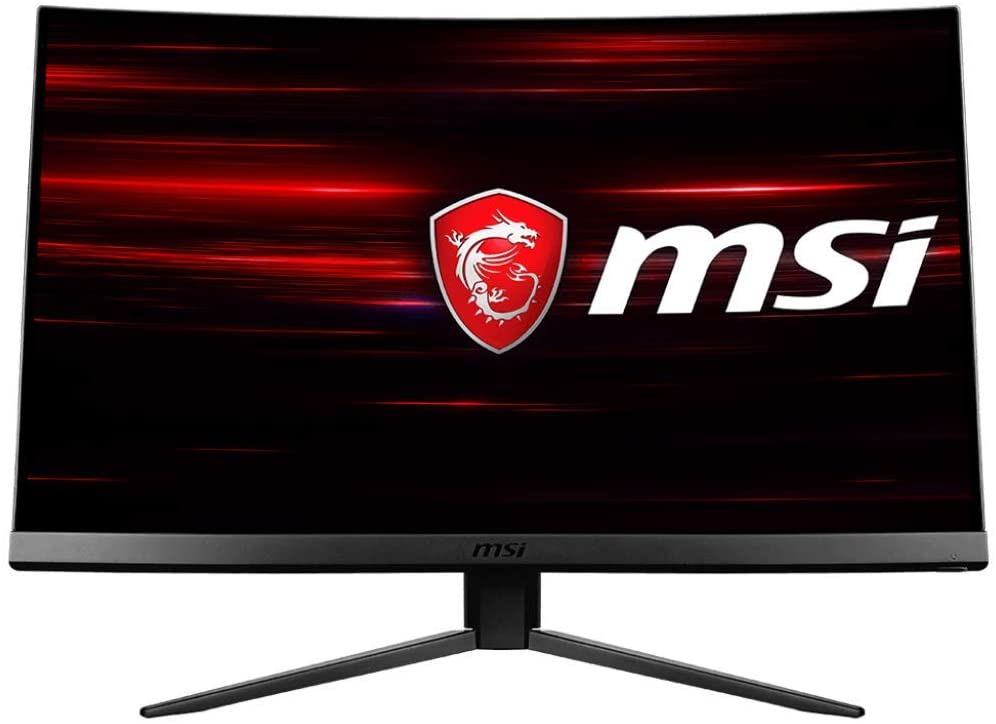
This is a great monitor that is perfect for watching movies or playing games. It is a 2.6″ curved-screen monitor that has a 1920 x 1080 resolution. It has a 60 Hz refresh rate and a response time of 5 ms. It has a 1000:1 contrast ratio, 350 cd/m² brightness, and a 178-degree viewing angle.
You are reading “best monitor for RTX 2060“
This model has HDMI 3.4 and DisplayPort 4.2 connections and it supports AMD FreeSync technology. It has a built-in subwoofer that allows you to enjoy movies and videos with true surround sound. This is a great buy for anyone who wants a cheap and versatile way to view video with a screen size of 1.7 inches.
Previously, it had an HDMI 2.0 connection but it has upgraded to HDMI 3.4 now. The speakers are located on the back of the unit and they are quite loud. The sound quality is also pretty good. It comes with an HDMI cable and a VGA cable. The packaging is quite simple but it does the job. It comes with a one-year warranty and I think that is more than enough for such a low-priced product.
It has a 4.6″ curved screen size which gives you plenty of room to work. It has a 60 Hz refresh rate which gives you a fluid display without any blurring making it the best monitor for RTX 2060. Because this monitor is so small, you can easily place it in your backpack or pocket without worrying about it getting damaged.
Pros
- Very low price for all the features it has.
- It has a 2.6″ curved screen size which gives you plenty of room to work.
- It has a 60 Hz refresh rate which gives you a fluid display without any blurring.
Cons
- The speakers are not very good.
- This is a budget laptop and it shows.
How to choose the Best monitor for RTX 2060 – Buying Guide
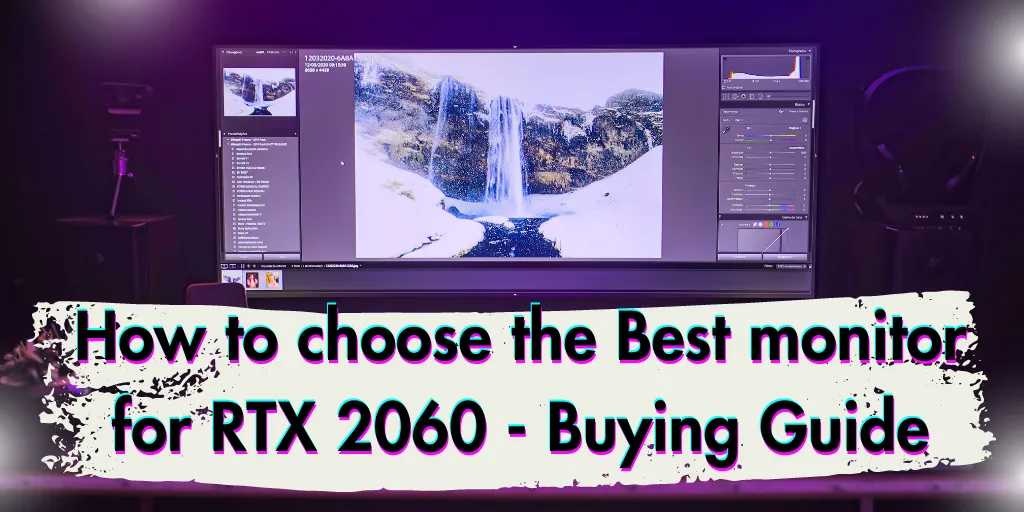
1. Size
Don’t know what to consider when buying the best monitor for RTX 2060? The size of the display you need is determined by the type of content you watch, your budget, and how much screen real estate you want to devote to your PC.
There are two primary factors to consider when you’re thinking about size: resolution and display size. Resolution is the total number of pixels on the screen, which helps determine the clarity of the image you see on it. The higher the resolution, the better the image quality.
Display size refers to how big the screen is. Smaller screens are preferable for portable use and larger ones for desktops, so you can have more content on one display without having to scroll around. Resolution and display size can be difficult to compare, so here are a few examples to help you out.
2. Resolution
The standard HD 1080p resolution is 1920 x 1080 pixels. This means there are 1,080,000 pixels on the screen, each measuring about 1/2 inch wide.
The Ultra HD 4K resolution is 3840 x 2160 pixels, which equals 8 million pixels. Each of these tiny squares measures about 1/4 of an inch wide, so it’s a lot of space. It’s also a lot more than the standard 1080p resolution, which is 1920 x 1080 pixels, or 3.2 million pixels.
3. Display Size
Many monitors today offer screen sizes of up to 60 inches. The most common resolution for desktop monitors is 2560 x 1440 pixels, which equals 60 inches in length. If you need a longer screen to comfortably fit your gaming setup, then you’ll need to buy a monitor that offers a larger resolution. Resolution and display size can be difficult to compare, so here are a few examples to help you out.
4. Screen Type
If you’re looking for a curved screen, you’ll need to consider what type of screen it has. Some screens can only be curved on one side or the other.
The two most common types are IPS and VA. The IPS type uses the technology to control the light from the screen so you get bright images even when you’re in bright light. The VA type uses the technology to improve contrast and color rendering but isn’t as good at brightening up images.
5. Design and Interface
If you want a flat-screen monitor, then you need to think about how large you want the screen to be. A 27-inch model is usually considered ideal for a desktop setup.
A 34-inch monitor is typically large enough for a gaming PC, so if you’re buying a monitor for a PC, make sure to choose one that’s a little bigger than what you have now.
You also need to consider what type of interface you want to use. If you plan on using Windows 10 with the traditional desktop, you’ll need to look for an OSD-free display.
6. Refresh Rate
In the end, you’ll need a monitor with a refresh rate of at least 60 Hz to avoid any “tearing” or “smearing” of moving objects. You should also make sure it’s at least 75 Hz to avoid any “ghosting” of moving objects. Update: As of 2020, 60 Hz is no longer enough to avoid ghosting and tearing.
A minimum refresh rate of 144 Hz is now required for all PC displays. You also need to consider what type of interface you want to use. If you plan on using Windows 10 with the traditional desktop, you’ll need to look for an OSD-free display.
7. Monitor Type
If you’re looking for a curved screen, you’ll need to consider what type of screen it has. The two most common types are IPS and VA. The IPS type uses the technology to control the light from the screen so you get bright images even when you’re in bright light.
Next, you’ll need to decide how far you want to curve the screen. Some screens can only be curved on one side or the other. The two most common types are IPS and VA. The IPS type uses the technology to control the light from the screen so you get bright images even when you’re in bright light. What is the Refresh Rate? In the end, you’ll need a monitor with a refresh rate of at least 60 Hz to avoid any “tearing” or “smearing” of moving objects.
FAQs – Best monitor for RTX 2060
Q1: Is It Worth Getting a 120 Hz Monitor?
A1: Getting a 120 Hz display will give you a noticeable improvement in motion clarity. However, there is only a very small performance increase (about 1% faster) when you get a display that is even more than 120 Hz. Therefore, if you are not using Windows 10 with the new ultra-smooth desktop, I would not spend the extra money on a 120 Hz display.
Q2: Is It Worth Getting a 144 Hz Monitor?
A2: If you are using Windows 10 with the new ultra-smooth desktop, then getting a 144 Hz monitor will give you a noticeable performance improvement.
Soon, all PC displays will need to have a minimum refresh rate of 144 Hz. Therefore, if you are using Windows 10 with the new ultra-smooth desktop, I would recommend that you spend the extra money and get a 144 Hz monitor.
Q3: Does a 144 Hz Monitor Have Any Advantages Over A 120 Hz One?
A3: There are no advantages to having a 144 Hz monitor over a 120 Hz one. The main difference is the price. A 144 Hz display will be about 20% more expensive than a 120 Hz display.
Q4: What Is the Point of Curved Displays?
A4: Curved displays give your viewing experience a more natural feel.
Conclusion
If you are looking for the best monitor for RTX 2060, there are many things to consider. You need to look at the specifications and features of the monitor to ensure that it is the right one for you. The screen size, resolution, response time, and panel technology will affect what gaming monitor you choose.
In brief, The first consideration is screen size. If you are an absolute beginner or someone who only occasionally plays video games, then a smaller screen size is fine. However, if you plan on becoming a serious gamer, then I would strongly recommend that you get a display with a screen size of at least 19 inches.
That’s the size I use for nearly all of my gaming these days. A larger screen will give you more room for the graphics in your video games, which will make the gameplay smoother and more enjoyable. The next consideration is resolution.
If possible, I would get a display with a resolution of at least 1,600 x 900 pixels. That way, you will have plenty of room to move the graphics around on the screen as you play.
That was all about “6 Best monitor for RTX 2060 in 2022 – Buying Guide”.
Thanks for reading!
Read More:
How To Fix Monitor Flickering Of Windows 11 In 2023
Top 7 Best Monitor For GTX 1060 in 2023
TOP 8 BEST MONITORS FOR CCTV CAMERA IN 2023
- What Monitor Size Is Right for You — 24″, 27″, or 32″? - October 8, 2025
- How to Set Up a Dual Monitor System for Work or Gaming - October 8, 2025
- 10 Common Monitor Mistakes People Make While Buying Online - October 8, 2025
- bet365: the ultimate casino destination for indian players
- win big and have fun with bet365: india\'s best casino site
- bet365: the only casino site you need for indian gaming fun
- join the fun at bet365: india\'s most popular casino site
- discover the best casino site in india: bet365
- play the best casino games and claim huge bonuses at bet365
- get ready to win big at bet365: india\'s premier casino site
- bet365: the online casino site that offers the best rewards
- why bet365 is the best casino site for indian players who love to win
- looking for the best casino site in india? look no further than bet365
- bet365: the casino site that offers the best gaming variety for indian players
- experience the thrill of casino gaming with bet365
- get your casino gaming fix at bet365, india\'s leading site
- join the fun and win big with bet365: india\'s top casino site
- discover the best casino site in india for big jackpots: bet365
- bet365: the casino site that offers the best experience for indian players
- play your favorite casino games at bet365, india\'s most trusted site
- why bet365 is the only casino site you need for indian gaming fun
- bet365: the premier casino site for indian players who love to win
- get in on the action at bet365, india\'s best online casino
